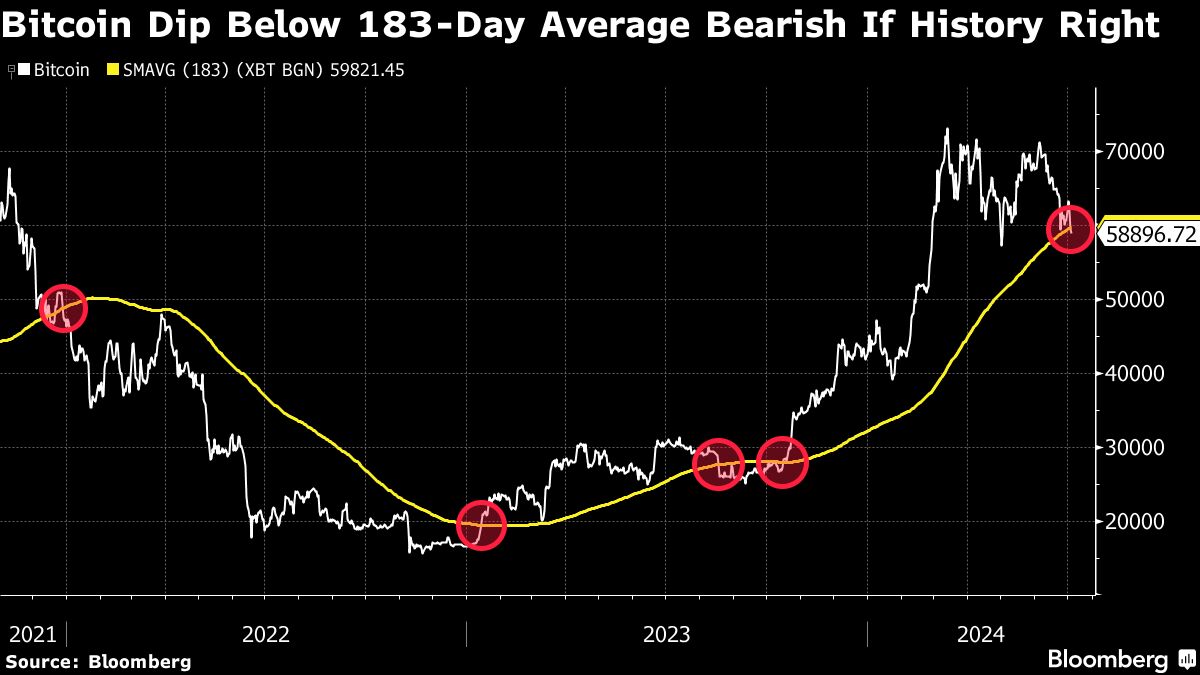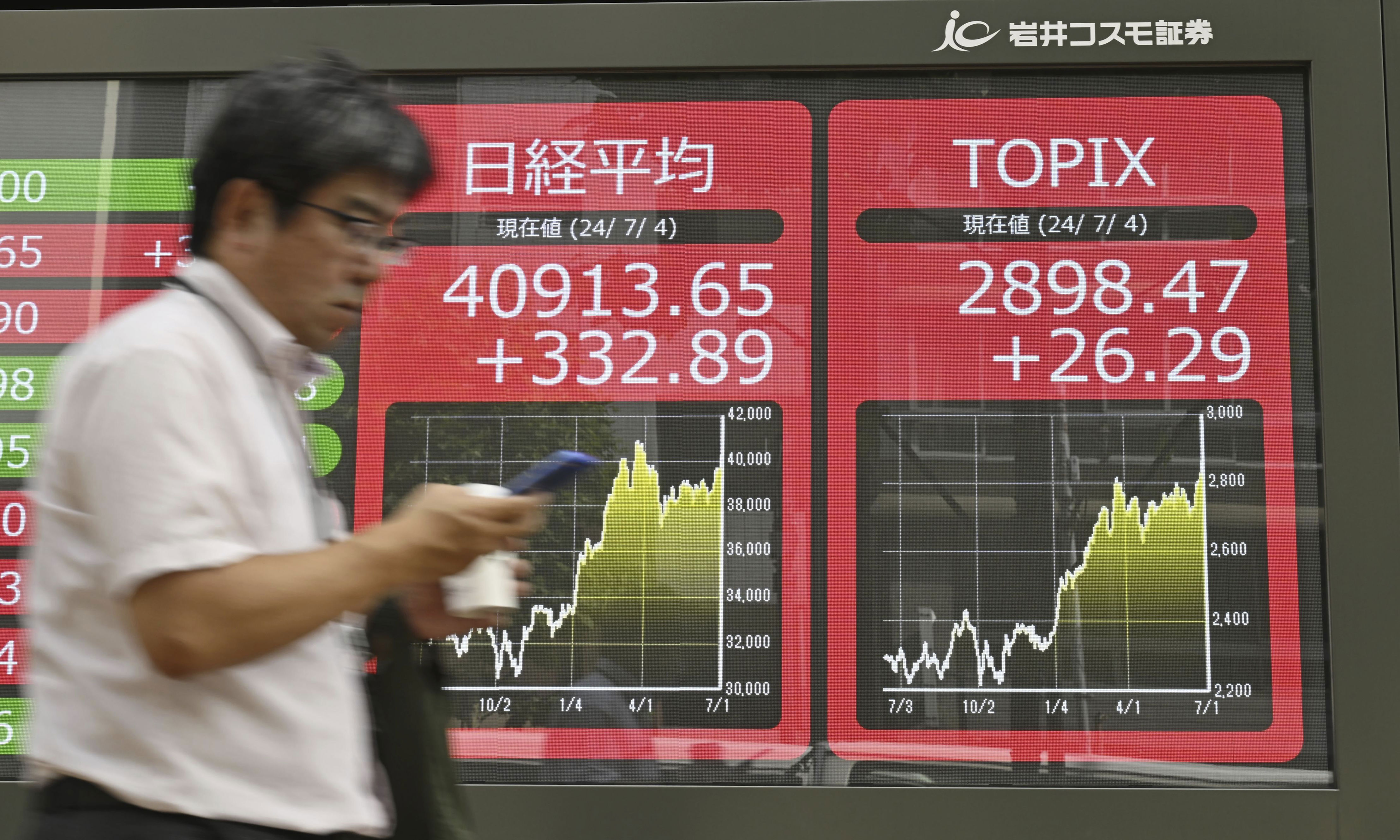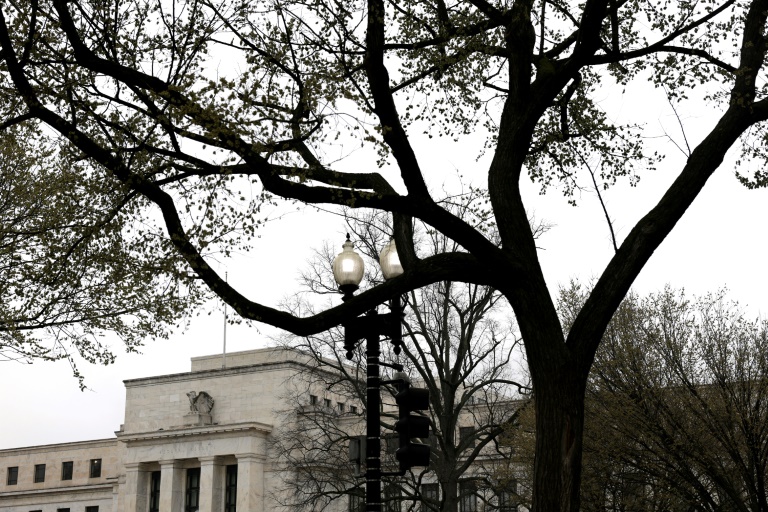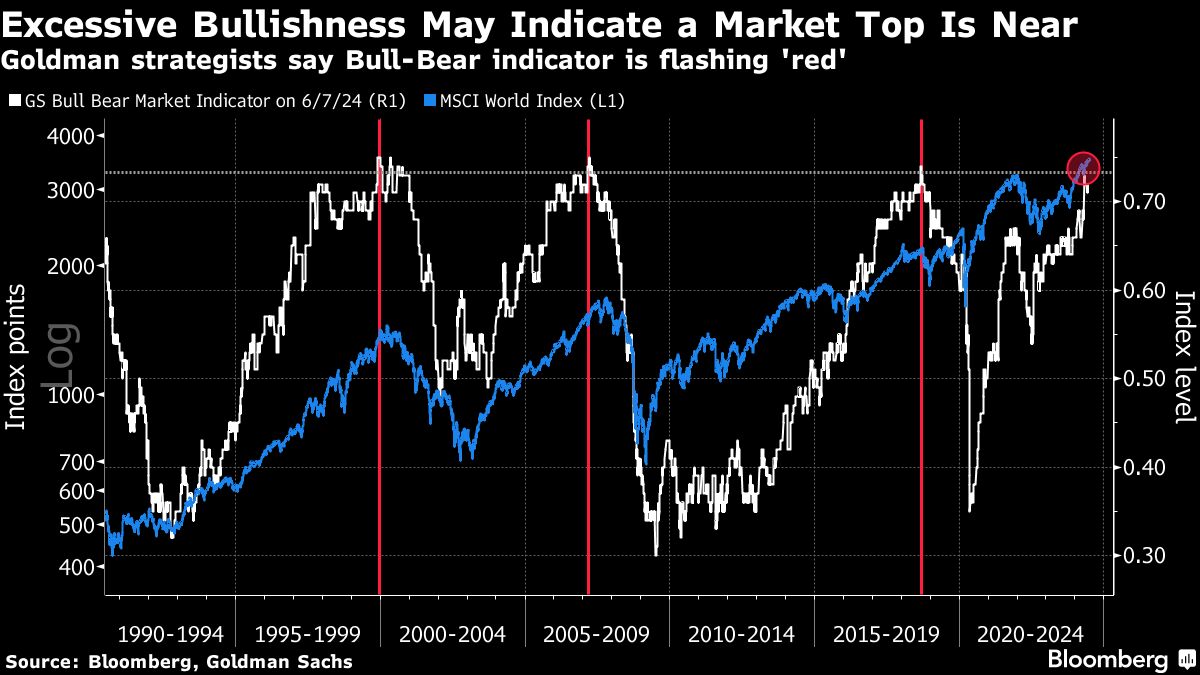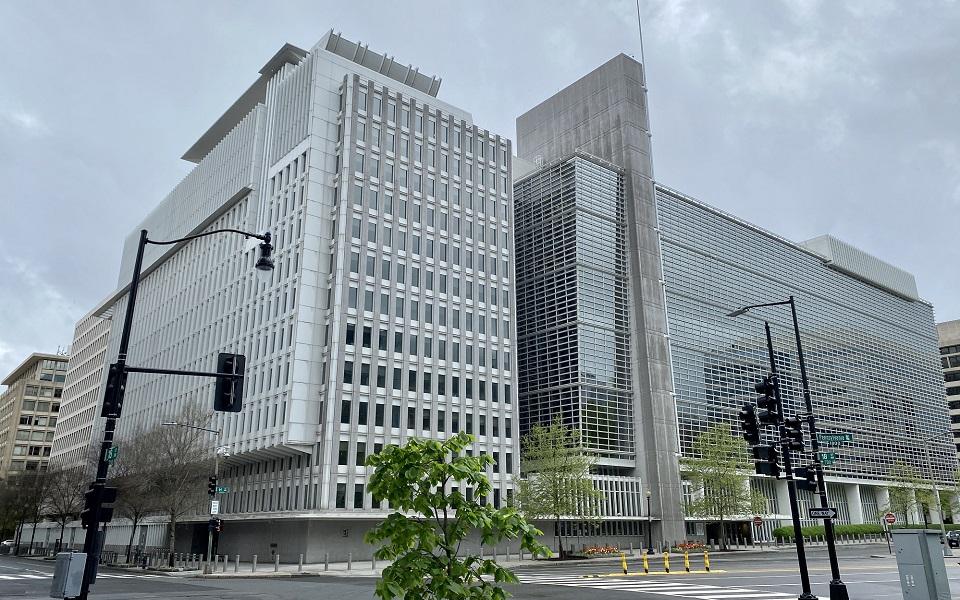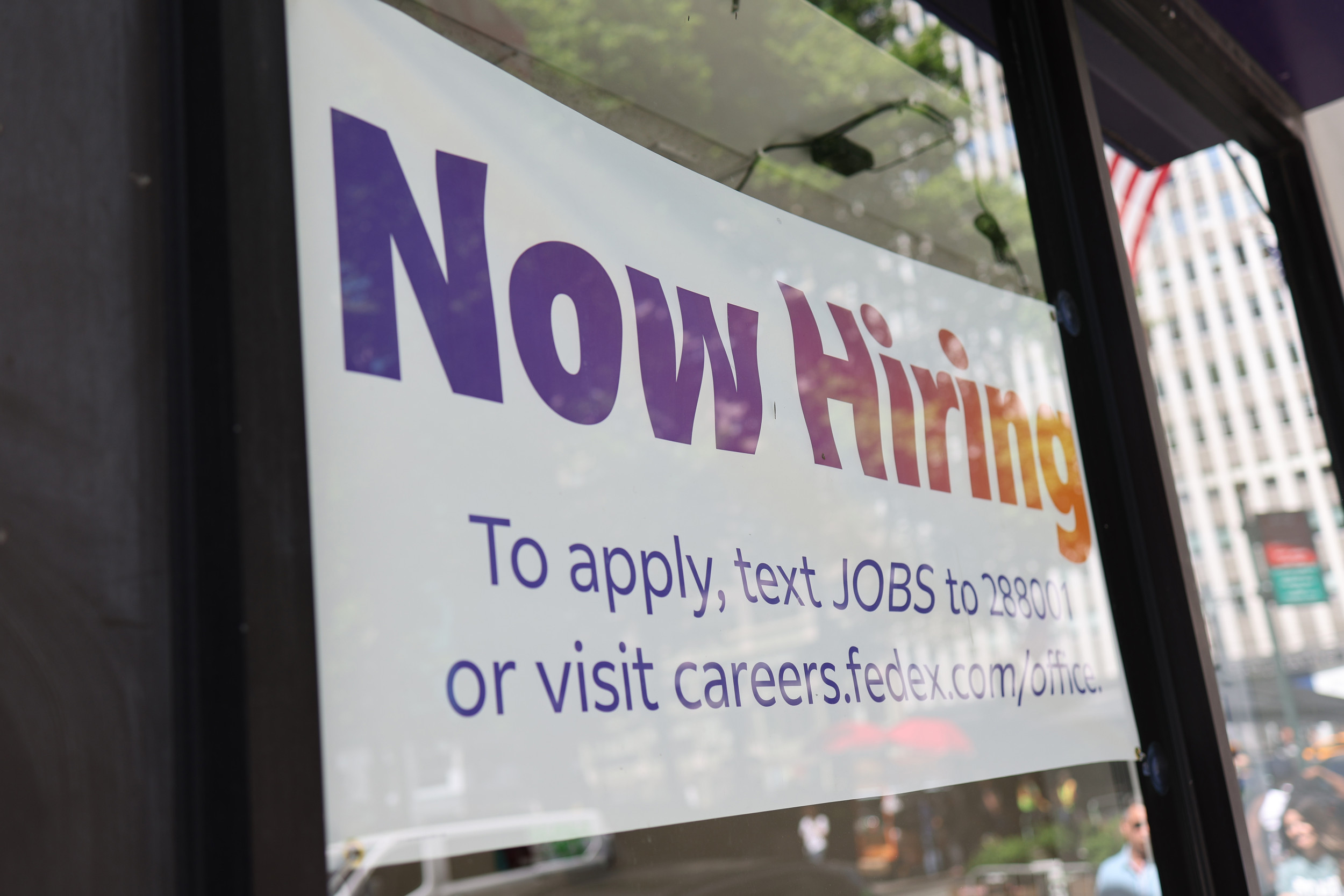
AMERICANS ARE QUITTING THEIR JOBS
More Americans are quitting their jobs than they are being sacked, data from the U.S. Bureau of Labor Statistics showed on Tuesday, in what economists say is a signal that workers still retain leverage in a labor market that is stabilizing from the pandemic-era convulsions.
Read more: How to Build an Emergency Fund
In May, about 3.5 million workers quit their jobs, a slight increase of close to 7,000 people from the prior month. The quit rate remained the same at 2.2, a level it has been at since February. While layoffs ticked up by 112,000 in May, the rate has remained at about 1 percent since February.
"I think that's a sign that it's still, even though things have cooled off, a job seeker's labor market that there is a very high level job security," Nick Bunker, an economist at jobs platform Indeed, told Newsweek. "Layoffs are quite low and that when people leave their job, the vast majority of time now, they're doing it because they chose to end the job."
Companies are still hiring with May showing that 141,000 more people were recruited to work while job openings ticked up by 221,000 to a total of 8.1 million, according to government data.
Read more: How to Make Money Online
The U.S. labor market experienced a jolt during the COVID-induced economic crisis when millions of workers lost their jobs. But after the lockdowns and stay-at-home orders issued to slow the spread of the coronavirus, employers scrambled to hire new workers while those who managed to keep their jobs had the flexibility to move to other opportunities. That dynamic has slowed amid an economic environment that has tightened due to elevated interest rates introduced by the Federal Reserve to battle rising inflation.
"People might not be quitting as much as they were for a few years ago, but they are still relatively empowered to sort of be the one who breaks up with the job as opposed to the job breaking up with them," Bunker said. "I think even as quits come down, it's still high compared to the level of layoffs. So, that's just that job seekers still have some bargaining power."
The key indicator economists look at to determine how much leverage workers have is quits as a share of total separations from jobs—which includes quits, layoffs and discharges. Right now, that is 18 percent higher than it was before the pandemic, ZipRecruiter chief economist Julia Pollak said, adding that about two-thirds of separations in the labor market are due to people quitting their jobs.
"This could be the new pandemic normal. We could we could be here for quite a while," she told Newsweek. "I do anticipate that if interest rates normalized, we will have a more dynamic, sort of higher churn labor market again, where quits could actually rise further and become a larger share of total separations again and workers [having] more leverage."
Pollak went on to say that part of the reason hiring isn't as high as it could is that employers are taking a pause awaiting the Federal Reserve decision on cutting interest rates.
"I do think you know one of the reasons that the labor market is fairly slow right now with fewer hires...about the same number of quits but fewer layoffs and fewer hires than before the pandemic on average is that there are high interest rates," she said. "That makes employers more risk averse. Rather than hiring new talent, they're hanging on to the workers they've got and being very sort of cautious and conservative."
The labor market for workers has fallen from its peak two years ago, when more than 4.5 million people quit their jobs in April 2022, but they still are in a strong position.
"We are no longer at that Golden Age," Guy Berger, director of economic research at the Burning Glass Institute, told Newsweek. "But by the standards of historical labour markets, this is also not a bad one. We don't see layoffs, quits are still really low."
2024-07-02T18:17:27Z dg43tfdfdgfd




